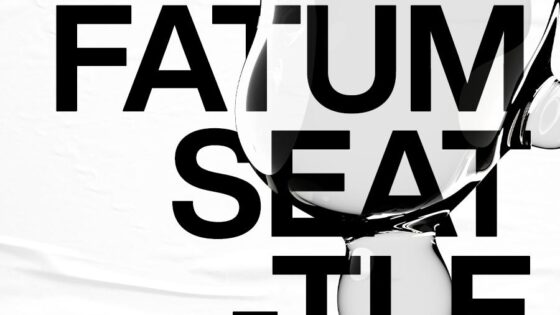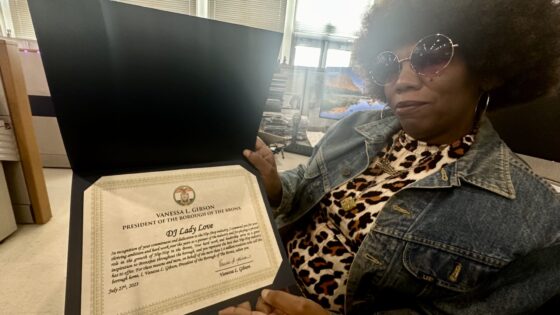Shambhala Music festival just finished it’s 21st year, and is widely known for its groundbreaking harm reduction strategies with the help of ANKORS, most notably their on-site drug testing services. After seeing more than 30 samples test positive for fentanyl in 2017, this year Shambhala found zero samples containing the drug.
For 16 years, the festival has been using harm reduction with the help of the AIDS Network Kootenay Outreach Services (ANKORS). This year was exceptional; for the first time, ANKORS used five fourier-transform infrared spectroscopy (FTIR) machines. The spectrometers allow for an more accurate look at a substance’s chemical makeup than reagent testing can provide.
A key point to remember is that ANKORS did not use spectrometers to test for fentanyl. Fentanyl contamination testing uses strips meant for urine detection, dipped in water containing a small substance sample. And while there is much to celebrate around a fentanyl-free festival, many testing results showed a cause for concern.
A handful of tested samples contained cutting agents, some as harmless as sugar or gravel rocks, or were wildly different drugs. One sample of ketamine tested as oxycodone, and another sample of MDMA tested as bath salts. One sample of MDMA tested as 5-MeO-AMT. In high doses, this compound may cause irregular heartbeat and seizures.
While we hope to see more festivals become fentanyl free, the need for harm reduction is still here. If the unusual ANKORS results show us anything it’s that there’s safety in drug checking; not to mention that 81 percent of overdose deaths in B.C. involving opioids, meaning the opioid crisis isn’t going anywhere without a fight.
Interested in helping harm reduction grow? Check out tips and tools from ANKORS or Dancesafe, and sign a petition to amend the RAVE Act here!
Important things happen in Pacific Northwest nightlife, and DMNW will send you alerts!









































